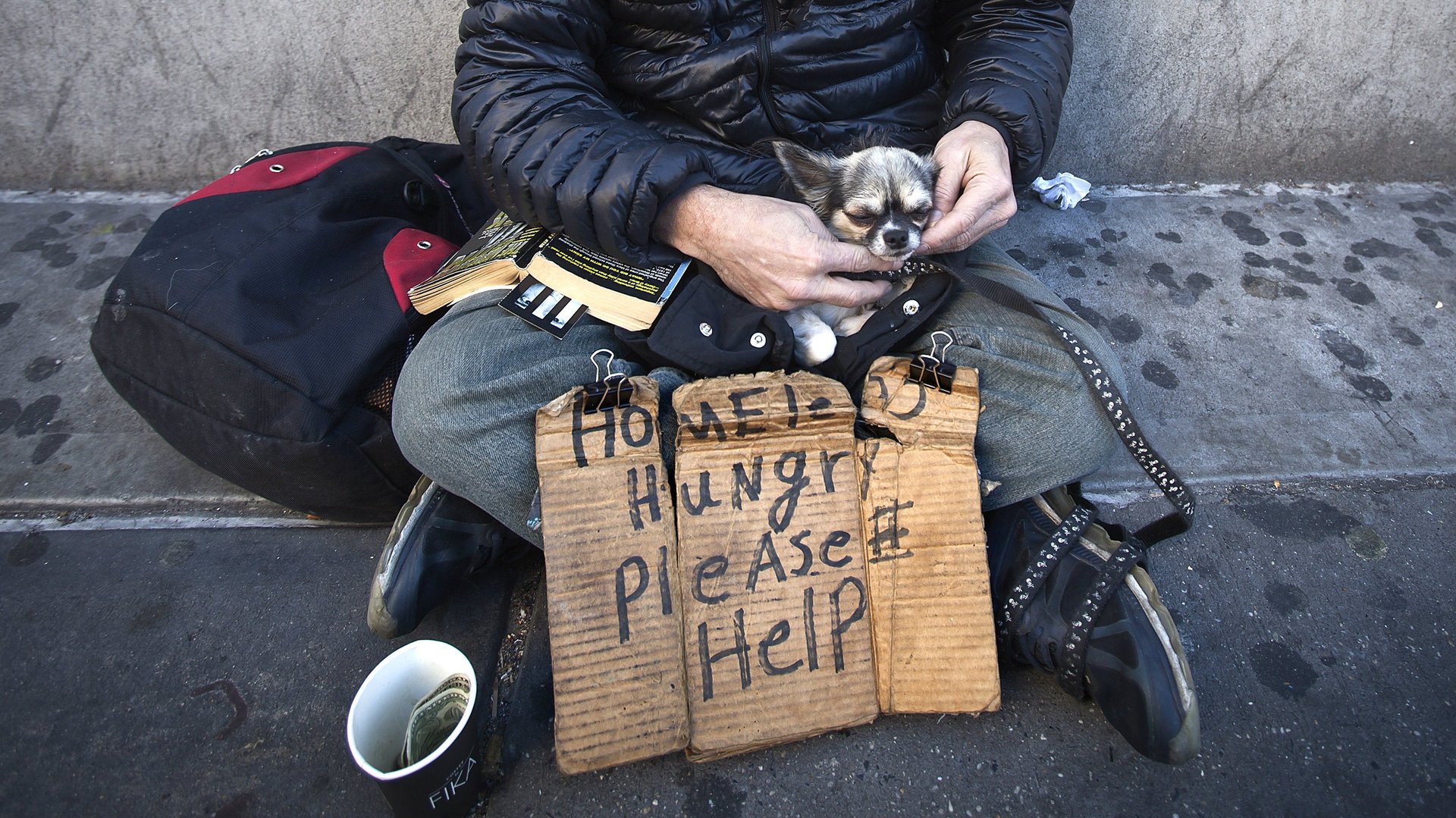Physics can describe how inequality happens—but can it solve the problem?
If you’re working several jobs and still struggling, it’s not your fault. In physics, there exists a basis for money and its flow, which could be why it’s often referred to as a stream of revenue.


If you’re working several jobs and still struggling, it’s not your fault. In physics, there exists a basis for money and its flow, which could be why it’s often referred to as a stream of revenue.
“Capital is measurable as energy consumed, or movement affected by fuel, food, and work. This unites economics and physics,” explains Adrian Bejan, a physicist from Duke University and the author of the book The Physics of Life.
Bejan was speaking at a dinner hosted by hedge fund manager Victor Niederhoffer in May 2017. The guest list was comprised mainly of speculators (people who invest in stocks and other ventures for profit) and objectivists (those who advocate for reason, individual rights, and laissez-faire capitalism). Although I worked hard over the years, the kind of success those in the room had achieved seemed elusive. I wondered what I had missed.
According to Constructal Law, which Bejan discovered in 1996, there’s a universal phenomenon in the design of nature. Mother Earth is composed of flow systems that change and evolve their arrangement over time so that they move more easily, to create greater access to the currents they transport. Recently, in a co-authored Journal of Applied Physics paper, Bejan pondered resource distribution as it relates to this occurrence.
Take the Mississippi River. At 2,000 miles in length and fed by 7,000 streams, this fourth largest drainage basin in the world has a rhythm in which small and big water bodies merge in harmony rather than in competition. All together, they sustain and power each other’s drift.
Closer to home, America’s annual domestic economic activity is proportional to the material movement measured as the amount of fuel consumed annually with purpose. Nothing moves unless it’s pushed, and the push is instigated by energy, be it food for the human body or gasoline for a car.
This predictability provides scientific insight into how economies form, and why resource imbalances occur and persist. Fortune, like a river, is impacted by the streams that make up a society—people, jobs, education, fuel, food. The populace moves and settles in places where they’re likely to experience greater freedom, prosperity, and peace.
Over time, the regions “fed” by these trends prosper more than the abandoned places. Land owners in hubs that attract intellectual capital thrive as others fall behind. This is why cities like New York and San Francisco remain alluring even as Louisville, Kentucky, grapples with the loss of manufacturing jobs. Likewise, the Mississippi, which is constantly shifting, enriches some areas in water and nutrients, while others dry out.
Bejan explained that as an economy grows, wealth disparity expands. Its flow architecture becomes more complex for the purpose of covering even smaller spaces of the overall territory.
For example, while technology has introduced banking in developing countries like Kenya, it has also allowed a mammoth corporation like Amazon, where every company that has anything physical to sell competes for billions of potential customers, to be born. Jeff Bezos isn’t to blame. This motion toward the most powerful progression is naturally hierarchical. The cycle repeats spontaneously, which is why Bejan believes policies such as lower taxes, are a temporary fix and not the panacea the poor hope for.
To create affluence for all using science, Bejan suggests that individual Americans try to establish channels where they don’t already exist in society, in the same way that levees, dams, and canals have been constructed to facilitate transport and development of wealth through states and countries.
But how is this different from measures like President Trump’s manufacturing jobs initiative?
“Government’s push for STEM, infrastructure, and other solutions is useful, even necessary. However, desperately needed are the artificial channels that are quietly developed by persons who more fully capture the problems in their communities,” says Bejan. “There needs to be increased social mobility among the haves and have nots. A successful baseball player could get a child from a poor neighborhood a ticket to the game and stir their imagination. New York Times writers and hedge fund owners interacting with non-Manhattan folk who have bleak prospects. Communities, such as the resource-pooling Bruderhof, though controversial to those who favor a meritocracy, could also offer a model.”
The physics of distribution, it seems, circles back to the power of man: our ability to organize, to empathize, to build, to uplift. Because well-intentioned visions are often dreamed in the sterile place of idealism, it seems inevitable that where human complexity collides with economics and nature, this effort to constantly interrupt flow for community good is a Sisyphean task.
Bejan admits that while physics succinctly describes why some workers like me remain small cogs in the wheel, with the 1% siphoning from an ever-growing number of employees and consumers, the potential solution the law offers are currently vague, since persistent social norms are harder to overcome. But he thinks more research could help: “I’m working on the next question: how to make the distribution of assets less unequal. It involves regulation, but with greater non-monetary contribution from individuals,” he said.
Mark Twain once said of the Mississippi River, “It will always have its own way; no engineering skill can persuade it to do otherwise.” But Americans can continue to pursue contrarian redistributive initiatives to escape an unfair economic fate.
Physics could soon present us with a precise solution to inequity. But in a country where many have turned their backs on higher education, expertise, and scientific knowledge, are we still willing to listen?